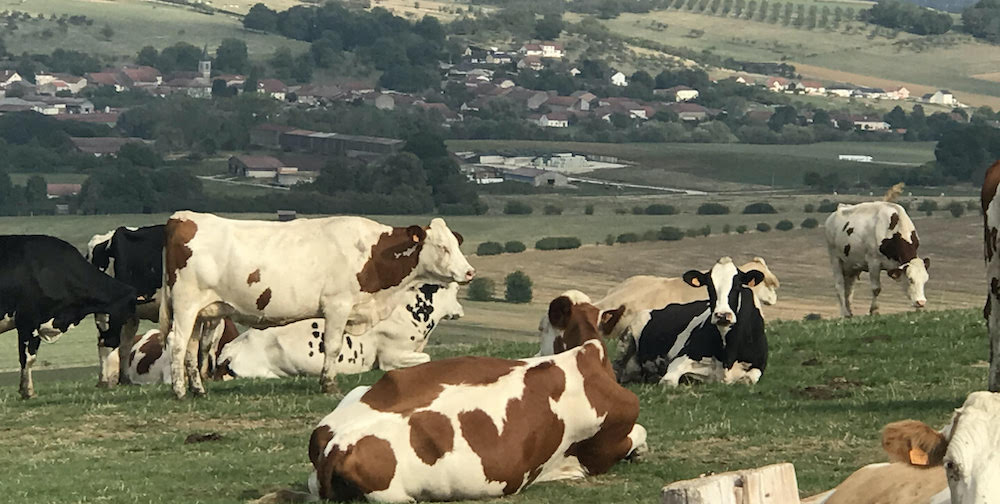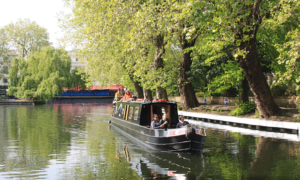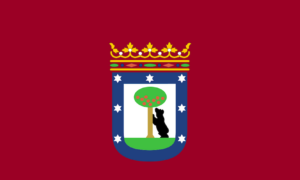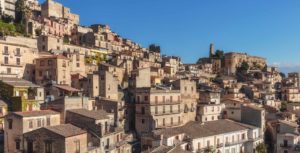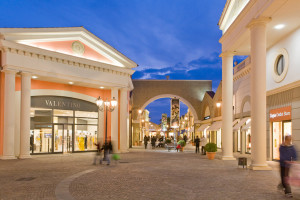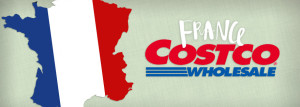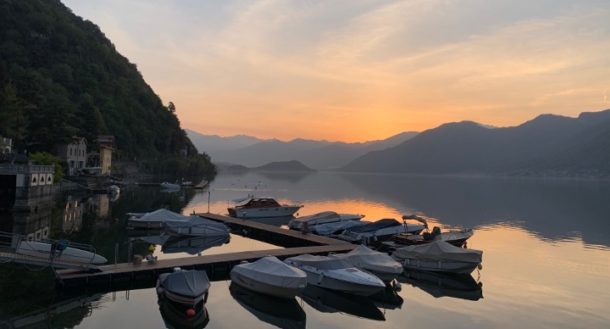At a party, someone once told me that one doesn’t move to France for the cheese. Well then, what for? The wine, perhaps?
Cheese is a major part of French life. In France, there’s about as many types of cheese as days in the year. From my window, I can see Caprise-des-Deiux factory, a world conglomerate which has sold more than a billion cheeses globally. What is interesting to note is that even with all this industrial activity, the area are still remarkably rural.
It’s ideal for expats looking for inexpensive real estate in a bucolic setting.
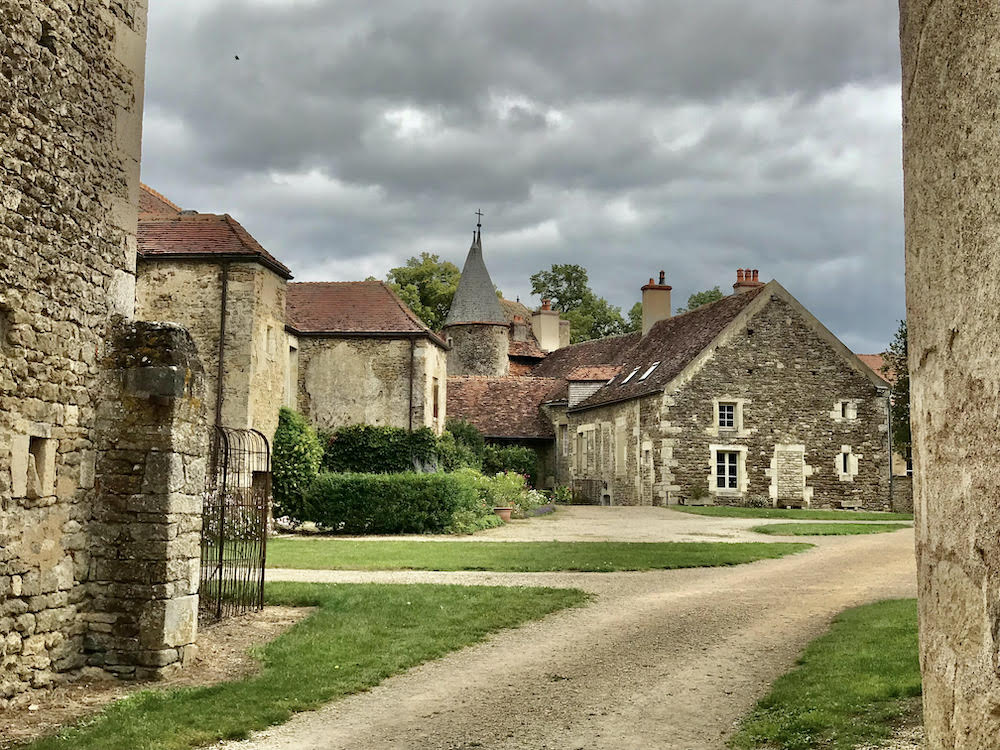
Living in a beautiful village famous for fromage
The idea of cheese towns being nice locations to settle down captivated me so much that I decided to visit a few villages that are famous for their fromage. I looked at my charcuterie board and selected Époisses (from Burgundy), Chaource (from Champagne) and Langres (from the Haute-Marne). The farmers were so welcoming, and all three towns seem like pretty nice places to live.
Epoisses has a stunning castle, Chaource, a quaint market and Langres sits on a rocky rampart overlooking the Marne valley. Dairy cows such as Montbéliarde (used to make Epoisses) and Normand are sought after for high-quality butter, cream and cheese manufacturing. By the way, the French eat 60-percent more cheese than Americans.
If you want to give it a try, check out the short list of these towns.
Google them and you’ll find links to the produce and the place it is named after:
• Banon
• Beaufort
• Brie
• Camembert
• Cantal
• Chaource
• Époisses
• Livarot
• Munster
• Ossau-Iraty
• Roquefort
• Sainte-Maure-de-Touraine
• Saint-Nectaire
If you still haven’t found an area that captivates you, below is a short list of regional cheeses to look up.
These are produced in a general territory in lieu of a specific town:
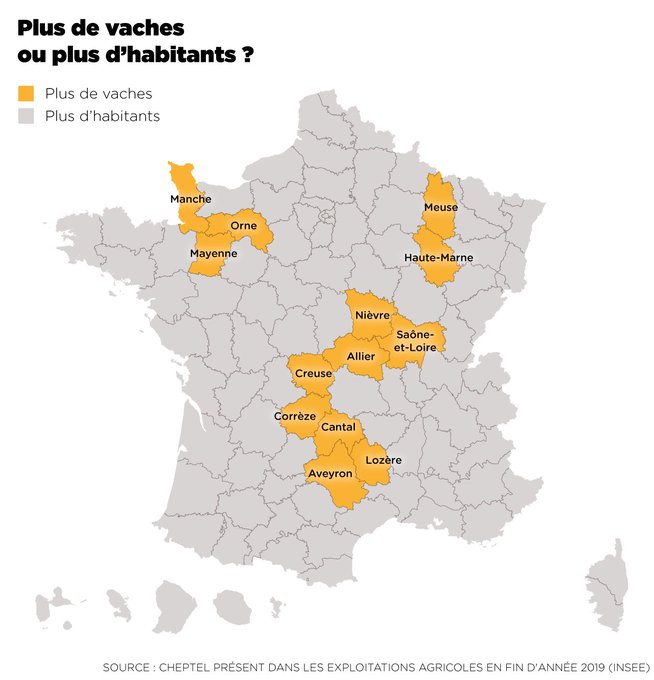
• Cévennes Pélardon (Cévennes range of Languedoc-Roussillon region)
• Comté région (Jura region)
• Iraty (Pic du Midi d’Ossau region)
• Rocamadour Cabécou (Périgord and Quercy regions)
• Saint-Agur (Auvergne region)
• Thônes du Reblochon (Haute-Savoie and Val d’Arly region)
For locations where there are more cows than inhabitants in France, check out this map at right.
It’s worth your money to spend some time.
Buying a home in a foreign country is a hefty investment. It’s in your best interest to get to know the vicinity where you want to purchase. Don’t rush through, just visiting homes as if you’re on a scavenger hunt. Relax. Rent a gîte; take a breather. Imagine what it would be like to wake up there everyday.
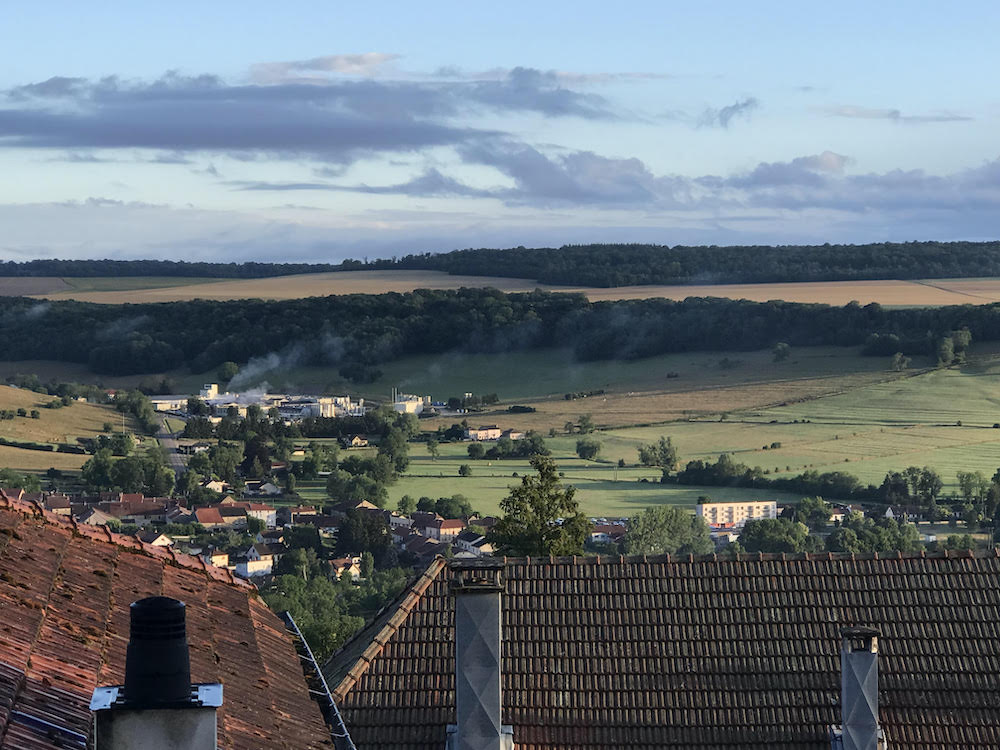
Go shopping
It’s worth your time to spend some money, too.
Go to the market; buy the famous produce. Chat with the artisans. Get to know the remarkable people who proudly make their village famous by producing a foodstuff that oftentimes is better known than the town itself. If you choose to live here, (hopefully) these people will become more than just a backdrop to your daily life – they will be your neighbors and perhaps become your friends.
Savor the culture. Find a place that fits who you are. Once you find an area appropriate for you, start house-hunting. Whichever location you choose, I say, let your senses savor the region.
There’s so much variety in France that each person should easily be able to find their niche. I was born in New Orleans, a vibrant city to say the least. But I spent my childhood on my parents’ dairy farm. We would go for weekends in the city.
In France, I live in the country with an office view of rolling hills and forest. See the tiny dots? They are cows grazing – as if painted, ever so carefully into the landscape. Want to grab some lunch? Hop in my car and in about two hours, we’ll be sitting in a Paris café.
That’s what I call joie de vivre.
––––––––––
Alice Verberne is a contributing writer for Dispatches Europe. She has worked in print journalism and magazine production in the United States and Europe throughout her career. She currently resides in France where she enjoys visiting farm towns and eating stinky cheese.
Read more about Alice’s expat life here.
Alice Verberne is a contributing writer for Dispatches Europe. She has worked in print journalism and magazine production in the United States and Europe throughout her career. She currently resides in France where she enjoys visiting former French speaking colonies and discussing history with the locals.


